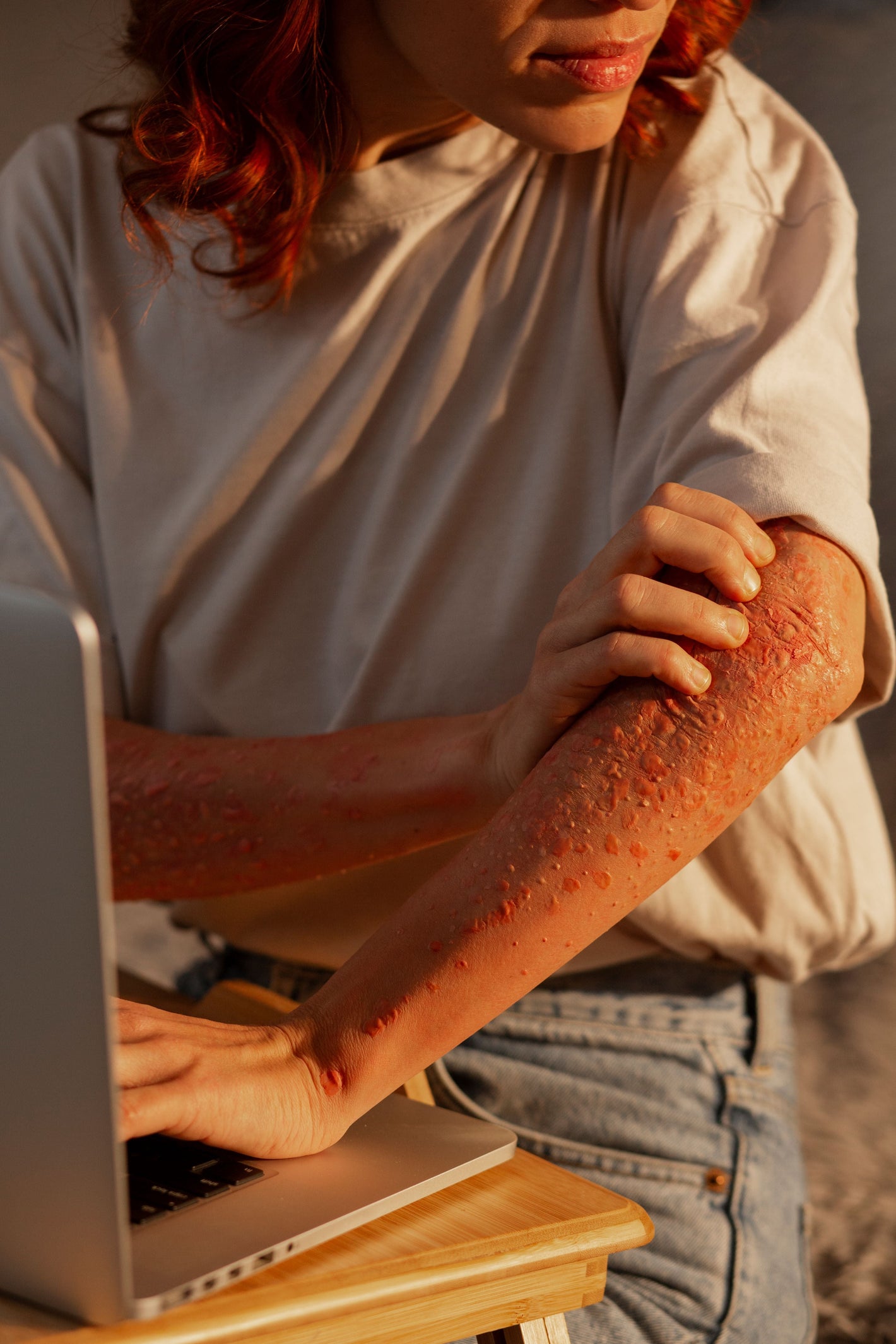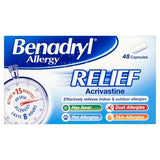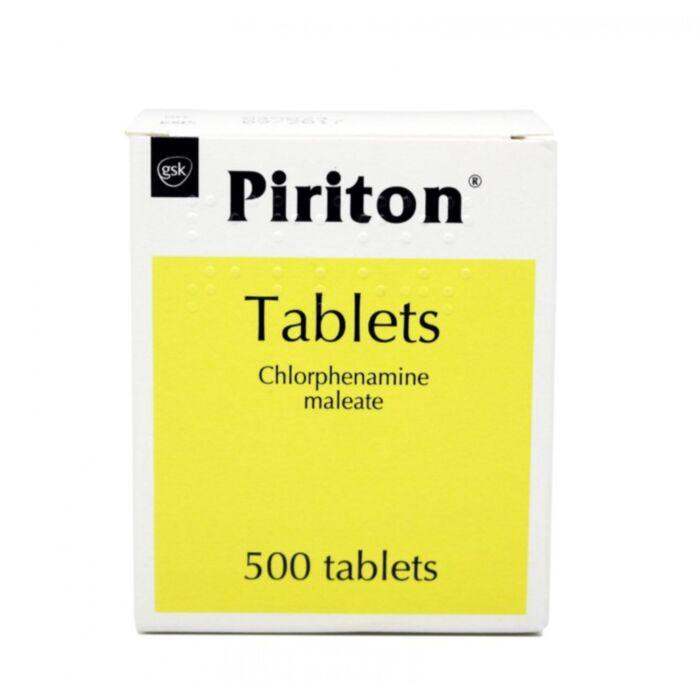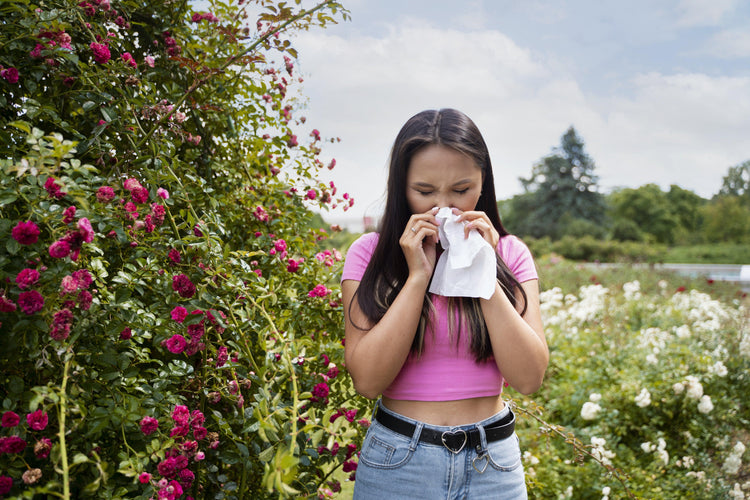Stinging Nettle Rash: Symptoms, Treatment and Pictures


Related products
What is Stinging Nettle Rash?
Stinging nettle, scientifically named as Urtica dioica, is a perennial plant that is well-known for its medicinal properties and numerous health benefits. Stinging nettle is found in temperate regions around the globe and can be identified by its heart-shaped leaves and stems that are covered in tiny hair-like structures, called trichomes. The irritation it causes upon contact can resemble symptoms experienced by individuals with allergies and hay fever—such as itching, redness, and swelling—making it important to differentiate between plant-based reactions and seasonal allergen responses often managed with solutions like allergy wipes and tissues, which may also be useful for gently removing irritants from the skin in outdoor settings.

The plant has stinging hairs that leads to painful rash when it comes in contact with the skin. Trichomes, or stinging hairs, act like hypodermic needles that inject a mixture of histamine and formic acid into the skin. These chemicals cause an immediate and painful reaction, known as Stinging Nettle Rash.
What are the Signs and Symptoms of Stinging Nettle Rash?
As the stem of stinging nettle plant meets the skin, it triggers and immediate reaction. Enlisted below are the signs and symptoms of stinging nettle rash.
-
Immediate Burning Pain
Immediate sensation of severe pain and burning at the site of contact with the stinging nettle plant is the first and foremost symptom. The pain often ranges from mild to severe that depends on factors such as area of contact, duration of contact and sensitivity of the skin.
-
Swelling and Redness
After burning sensation and pain, the area turns red and swells up. This occurs due to accumulation of fluid as a response by the inflammatory mechanisms of the body to the injected chemicals by the trichomes of the stinging nettle plant.
-
Skin bumps or Hives
As the inflammatory response begins, the affected area of the skin gives rise to small skin bumps or hives. These are itchy bumps that persists for several hours before subsiding away.
-
Itching
Itching is the most common and intense symptom of stinging nettle rash. Individuals often scratch the area for relief, which further damages the skin and increases the risk of infection. Applying a soothing barrier cream such as Sudocrem Antiseptic Healing Cream can help reduce irritation, protect the skin, and promote faster healing in these cases.

-
Blister Formation
Individuals with sensitive skin develop skin blisters. It is also common in individuals allergic to the chemicals injected by the trichomes of a stinging nettle plant. If contact leads to secondary symptoms like eye irritation—especially from touching the face after exposure—using gentle allergy eye drops may help soothe itching and reduce redness around the eyes.
What is the Science behind the occurrence of Stinging Nettle Rash?
The trichomes of a stinging nettle plant are the primary culprits behind the severe symptoms of stinging nettles rash. As the trichomes comes in contact with an individual’s skin, it pricks the skin and inserts chemicals through its tiny hair-like structures and into the skin. The cocktail released by the trichomes is composed of the chemicals that are enlisted below.
- Histamine that triggers the inflammatory response of the body and cause inflammation, redness and itching.
- Formic Acid is a constituent of ant venom. It causes pain and burning sensation upon contact with the skin.
- Acetylcholine that leads to contractions in the muscles nearby, further exacerbating the symptoms of pain.
- Leukotrienes are inflammatory modulators that enhance the cascade of an allergic response.
Studies have suggested that this chemical cocktail work to create and present the characteristic signs and symptoms of stinging nettle rash. Histamine is a well-known culprit behind the inflammatory response that is mainly responsible for most of the resultant inflammatory symptoms such as pain, redness and swelling due to stinging nettle rash.
What are some of the Management and Treatment options to alleviate the symptoms of Stinging Nettle Rash?
The symptoms of stinging nettle rash are not life-threatening and generally resolve on its own after a period of mild to moderate discomfort. However, in severe cases, such as individuals with sensitive skin or those with greater exposure and the duration of exposure with the stinging nettle plant may experience severe symptoms. Severe cases may require immediate medical attention and prompt treatment to avoid unwanted health outcomes. Enlisted below are the various management and treatment options to alleviate the symptoms of stinging nettle rash.
-
Immediate Symptomatic Relief
As an individual encounters the stinging nettle rash and experience the initial burning sensation and pain, immediate actions must be taken for symptomatic relief. Rinse the affected area with copious amounts of cool water to remove the adherent trichomes. It is important to avoid hot water as it exacerbates the symptoms of pain and burning sensation. Next, make sure to avoid scratching the skin as it leads to severe skin irritation and infections.
-
Home Remedies
Home remedies often help with symptoms of skin irritation due to stinging nettle rash or treating the allergic symptoms due to contact with the stinging nettle plant.
Make a thick paste using baking soda and water. Apply the paste on affected skin that helps with neutralizing the acids from the trichomes of the stinging nettle plant and alleviates the symptoms of itching. Alternatively, aloe vera gel is also a useful solution to treat the symptoms. Aloe vera gel is well-known for its potential to soothe inflammation that provides relief against the inflammation due to stinging nettle rash and promote rapid healing. Apply a cold compress to the affected area of the skin to reduce the symptoms of swelling and get relief from the pain due to the ongoing inflammation.
-
Topical Solutions
Topical antihistamines or corticosteroid creams can reduce itching and inflammation. Calamine lotion provides a cooling effect. In addition to these, Sudocrem may be beneficial due to its soothing and anti-inflammatory properties, especially for calming irritated skin and preventing minor infections after scratching.

Similarly, corticosteroid creams can be used to treat the severe symptoms of stinging nettle rash. Corticosteroid creams reduce the inflammation by suppressing the exaggerated immune response to the injected chemical cocktail by the trichomes of stinging nettle plant. It provides relief from the symptoms of severe burning sensation and itching. Additionally, the use of Calamine Lotion has also proven to be an effective solution that relieves itching and grant a cooling sensation to the previously burning skin.
-
Oral Medications
Antihistamine medications are also available as oral antihistamine that must be used for cases of severe symptoms such as that due to allergic reaction. Effective antihistamine such as Benadryl helps with reducing the allergic reaction to stinging nettle plant. It works by suppressing the entire immune system and soothe the itchy and swollen skin.
What are some of the ways to Prevent Stinging Nettle Rash?
A famous saying goes, Prevention is better than cure, and it works here as well. Following prevention strategies and techniques is the most effective approach to avoid the discomfort and painful symptoms due to stinging nettle rash. Enlisted below are some of the tips to prevent and minimize the risk of stinging nettle rash.
-
Protective clothing
Stinging nettle plant is commonly grown in the temperate regions of the world. It is essential to ensure proper and protective clothing before hiking or gardening in such regions. Additionally, wearing long sleeves, pants, gloves and rubber boots also helps with achieving protection from stinging nettle rash.
-
Identify to Avoid
Stinging nettle plant has heart-shaped leaves with tiny hair-like structures on their stem as well as on the undersurface of its serrated leaves.

The characteristics of stinging nettle plant must be well-understood to identify them and avoid as much as possible. Avoid touching the plant and make sure to keep a safe distance from it.
-
Follow Precautions
Individuals experimenting with stinging nettle plants such as botanists, or farmers, must follow the precautions while handling it. It is essential to use gloves and tools to avoid direct encounter with the plant, and hence prevent the occurrence of symptoms of stinging nettle rash.
People Also Ask
What are the signs of skin infection due to stinging nettle rash?
Stinging nettle rash may transform into a skin infection if the affected individuals scratch the affected skin repeatedly. Signs of skin infections include swelling, redness, warmth over the affected area along with clear or pus-like discharge. Moreover, upon superposition by the skin infection, the affected area becomes even more painful than before and give rise to formation of red streaks along the area of rash due to scratching. In severe cases, fever and malaise also occurs that indicates the severity. It is essential to seek medical attention in cases of severe itching and tendency to scratch the affected skin from stinging nettle rash. Consultation with a healthcare expert will get you the appropriate treatment that must include topical creams and antibiotics to alleviate the symptoms of skin infection due to stinging nettle rash.
Apart from its stinging properties, what are the therapeutic benefits of stinging nettle plant?
Stinging nettle plant offer numerous therapeutic and health benefits due to its nutrient-dense properties. This plant has been used traditionally as an herbal medicine since it is rich in vitamin A, B, C and K. It is a rich source of essential minerals such as iron, calcium, potassium and magnesium. the anti-inflammatory constituents found in the stinging nettle plant makes it ideal for use in anti-inflammatory medications that are used to treat chronic health conditions such as arthritis. Stinging nettle plant is also well-known for its diuretic effects that helps in relieving from excess fluid retention and soothe the symptoms due to urinary tract infections. Moreover, the extracts of stinging nettle plant have proven beneficial in supporting the prostate health and alleviating the symptoms of benign prostatic hyperplasia (BPH). This discussion proves that if handled carefully enough, the therapeutic and medicinal properties surpass the risks associated with stinging nettle plant.
Conclusion
Stinging nettle plant, scientifically named as Urtica dioica, is a perennial plant that is well-known for its medicinal properties and numerous health benefits. Commonly found in temperate regions, the plant has stinging hairs that leads to painful rash when it meets the skin. Trichomes, or stinging hairs, act like hypodermic needles that inject a mixture of histamine and formic acid into the skin. These chemicals cause an immediate and painful reaction, known as Stinging Nettle Rash.
The common signs and symptoms of stinging nettle rash manifests in the form of a sequence as, immediate burning sensation and pain, swelling and redness, hives or urticaria, itching and blister formation. These symptoms occur in response to the chemical cocktail released by the trichomes of stinging nettle plant that includes histamine, formic acid, acetylcholine and leukotrienes. Histamine is a well-known culprit behind the inflammatory response that is mainly responsible for most of the resultant inflammatory symptoms such as pain, redness and swelling due to stinging nettle rash.





















 Rated Excellent by 26,523+ Reviews
Rated Excellent by 26,523+ Reviews